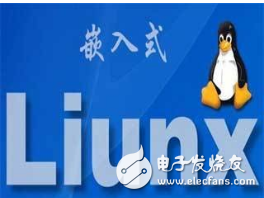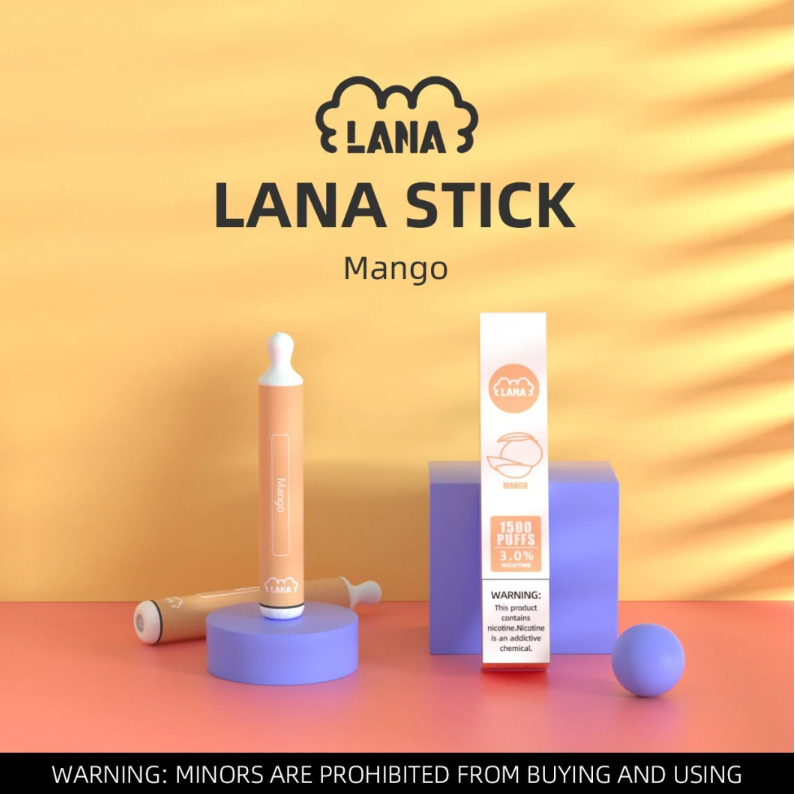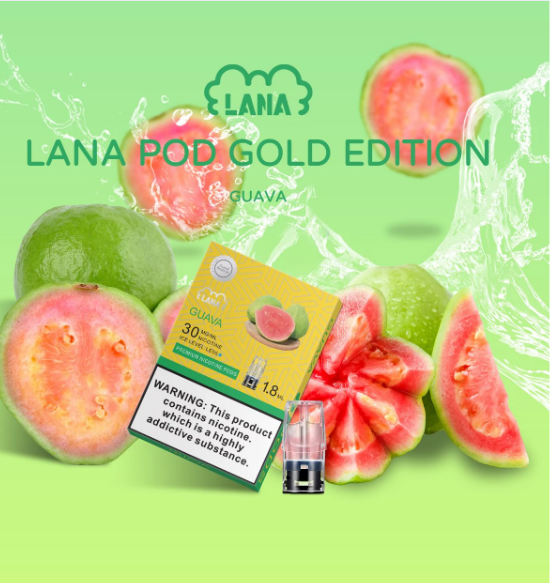Embedded learning is a gradual process. If you want to develop toward embedded software, the most common one is embedded Linux. Focus on this direction. I think it is divided into three stages:
1. Embedded Linux upper layer application, including GUI development of QT
2, embedded Linux system development
3, embedded Linux driver
Several operating systems currently targeted by embedded are Linux, WINCE, VxWorks, and so on.
Linux is open source free, and its source code is open, which is more suitable for us to learn embedded.
You can try the following routes:
(1) C language is the strongest of all programming languages. The programming of MCU, DSP, and ARM-like chips can be done in C language, so it must be mastered very well.
Recommended books: "The C Programming Language" This classic textbook is written by a foreigner and also has a Chinese translation.
(2) The operating system principle is necessary. If you are a computer major, it doesn't matter. If you are a non-computer major, you must find a relatively simple computer principle book to take a look and call it "process". Basic issues such as threads, "system scheduling" and so on.
(3) Linux operating system is written in C language, so you should also learn Linux programming first, only you will apply, in order to further understand the essence of its kernel.
Recommended books: "Advanced Programming for UNIX Environment" (2nd Edition)
(4) Understand ARM's architecture, principles, and its assembly instructions. In embedded development, we rarely write assembly, but the minimum requirement is to be able to understand arm assembly.
(5) When the system is transplanted, you need to go from the bottom layer.
The bootloader starts, then the kernel is ported, the file system is ported, and so on. The porting of this part of the hardware is very large, the configuration steps are relatively complex, and there is not much detail.
(6) Driver development
Linux driver design is both a very challenging area and a profound content.
The nature of linux driver design belongs to the linux kernel programming category, so it is required for linux kernel and kernel programming. Before you learn, you need to understand the composition of the Linux kernel, because each part must be studied in detail to expand into a thick book.
The above is just a rough framework. In actual development, there are many things involved, such as cross-compilation, makefile, shell script, etc., so the learning embedded period is longer, the threshold is higher, and self-study is more needed. Strong learning ability and professional skills. As long as you can persist, you will succeed!
Embedded is a relatively large concept with four branches (main)
1. Microcontroller (microcontroller as an example)
2./Microprocessor (arm as an example)
3.dsp (digital signal processing)
4.soc (system on chip)
For our beginners, we must first learn MCU, with 51 as the representative. After you learn 51, you can learn more difficult things. Of course, it is not that you only need to learn MCU. If you want to learn MCU, you still have to Learn c language, learn to compile, have to learn a lot of application software; wait until the MCU can master the good time and need to carry out the design of the schematic diagram, PCB board; also have to master the engineering management of the system design; more. .....
The MCU is still relatively simple. After learning, when you start to learn the arm, you will have more contact, what operating system, driver writing, kernel porting, application addition, PC writing, that More, but by then you will know. . .
ARM+LINUX route, focusing on the embedded Linux operating system and its application software development goals:
(1) Master the structure and principle of the mainstream embedded microprocessor (preliminarily set to arm9)
(2) Must master an embedded operating system (preliminarily determined to be uclinux or linux, version to be determined)
(3) Must be familiar with the embedded software development process and at least do an embedded software project.
The benefits of engaging in embedded software development are:
(1) At present, people at home and abroad are scarce. The threshold for entry in this field is high, so it is difficult for non-professional IT personnel to cut into this field; on the other hand, because this field is relatively new, it is developing too fast and most people are unconditionally contacted.
(2) Unlike application software such as enterprise computing, the work intensity of embedded talent is usually lower (but the income is not low).
(3) If you want to start a business and engage in your own products, embedded is not as easy to pirate as application software. Hardware design is generally ordered by other companies (this is called "OEM": OEM), are common hardware, we only become the product of the design software.
(4) Interests, this is the most important.
The disadvantages of engaging in embedded software development are:
(1) The starting point of entry is higher, and the technology used often has certain difficulty. If the hardware and software foundation is not good, especially the operating system level software is not deep, it may not be suitable for this line.
(2) The number of enterprises in this area is much smaller than that of enterprise computing companies.
(3) There are a few companies that often require more than a master's degree to engage in embedded, mainly based on the difficulty of embedded. But most companies do not have this requirement, as long as they have experience.
(4) The platform relies strong and the platform is hard to change.
The origin of interest:
1. The concept of success is different. It is my success.
2, like to think, challenge logical thinking
3, like C language
4, like the underlying development, hate vb class development tools (not that vb is not good)
5, good development prospects, suitable for entrepreneurship, when you don't want to die, you are still an engineer
Method steps:
1. Basic knowledge
Purpose: Can understand the working principle of hardware, but the focus is on embedded software, especially operating system level software, which will be my advantage.
Subjects: digital circuits, computer composition principles, embedded microprocessor architecture, assembly language, C/C++, compilation principles, discrete mathematics, data structures and algorithms, operating systems, software engineering, networks, databases.
Method: Although there are many subjects, they are all simple foundations, and most of them are mastered. Not necessarily full school, can be selected as needed. Such as thec++programminglanguage (have no time to read), data structure - C2.
2, learn linux
Purpose: To master the Linux system.
Method: Use linux->linxu system programming development -> drive development and analysis of the Linux kernel. After reading it a few times, look at the scenario analysis, and look at it in depth, the two crosses, the deep is the outline, and the love is the goal. The analysis is version 0.11, suitable for learning, and finally in-depth code.
Main topics: complete analysis of the Linux kernel, advanced programming of the Unix environment, in-depth understanding of the Linux kernel, scenario analysis and source generation. 
3, learn embedded linux
Purpose: To master the embedded processor and its system.
method:
(1) Embedded microprocessor structure and application: Direct arm principle and assembly can be, do not repeat x86.
(2) Embedded operating system class: ucOS/II is simple, open source, and is available for entry. Then study uClinux in depth.
(3) There must be a block development board (arm9 or above), and you can participate in the training if you have the conditions (fast progress, you can meet some friends)
Main books: Mao De Cao's "Embedded System" and other arm9 manuals and arm assembly instructions.
4, in-depth study
A, digital image compression technology: mainly should master MPEG, mp3 and other codec algorithms and technologies.
B. Communication protocol and programming technology: TCP/IP protocol, 802.11, Bluetooth, GPRS, GSM, CDM A, etc.
C. Network and information security technologies: such as encryption technology, digital certificate CA, etc.
D, DSP technology: DigitalSignalProcess, DSP processor realizes digital signal processing algorithm through hardware.
Note: Too many details are not explained and can be adjusted according to the actual situation. The focus is on 1, 3, not necessarily in order. For learning C++, the reason is that C++ is not just a language, a tool, she is still an art, a culture, a philosophy, but not something to show off. For the Linux kernel, learning to program, it is also necessary to read some excellent code.
Note: To learn to do more, there is a strong foundation, and many things can be seen simply. To be a qualified programmer, you must be proficient in at least one programming language and have good logical thinking. It is necessary to combine theory with practice.
Don't delve into technology, although it's hard to do it, but still have some room to improve other hobbies, such as universe, sketch, mechanics, management, psychology, games, science fiction movies. There are still some that are not willing to do but must be done!
Never dream of stepping into the sky, don't be an impetuous person, don't feel that the road is over. Waiting for the opportunity to start a business (don't believe that there is a miracle, blind ventures are difficult to succeed, even if the development space is not necessarily great).
At TSVAPE, we bring in the best vape pod systems, pod kits Disposable Vape for vape wholesalers at affordable prices. Brought to you from the lines of top brands, including LANA,RELX,ELFBAR,ELUX,FOLI,YOOZ,SNOWPLUS, and many more, our range of vape pods and e-cig pod kits offer immense value, quality, and flexibility. You can find all the latest yet cheapest pod systems at our website to seek maximum control over your vaping experience.
As a leading online wholesale vape store, we only present the vape devices that keep running for a long time. Our best yet cheap pod system//disposable pen is a discreet way to devour nicotin without experiencing huge and distracting clouds. With our highest quality salt nic pod systems, you can even enjoy higher nicotin levels without the harsh throat hit.



LANA Vape,LANA Disposable Vape Pen,LANA Disposable Vape,LANA Vape Kit,LANA Vape Pod
Tsvape E-cigarette Supplier Wholesale/OEM/ODM , https://www.tsecigarette.com